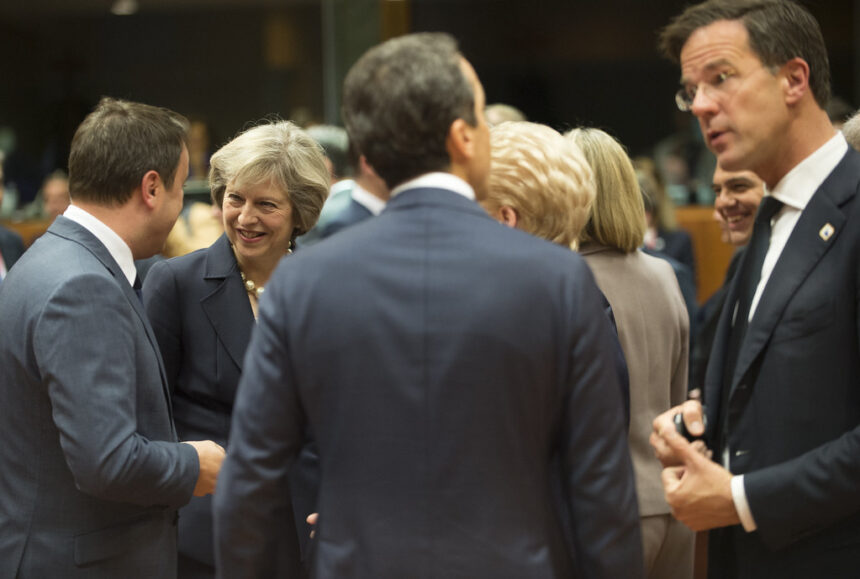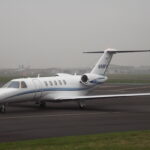The war in Ukraine has shattered relations between Europe and the US within a matter of days.
After a telephone call with Vladimir Putin Trump dropped his demand that Russia immediately cease fire, called for bilateral discussions between Ukraine and Russia and rejected new sanctions.
The confusion among European leaders, and especially the President of Ukraine is now evident. The US has clearly stepped down as the leader of the international diplomatic effort, and now the EU is filling in the gaps.
There’s another side to this story. What has changed? Trump appears to want peace.
The details, however, tell a very different tale. Perhaps this wasn’t about peace.
What actually did Trump say?
Trump claimed that Russia agreed to talk after his third call with Putin, since he returned to office.
He informed European leaders that the US will not be mediating and won’t impose any further sanctions on Moscow.
According to several callers, Trump’s presentation of Putin’s willingness for negotiations as though it was a breakthrough caused confusion and silence.
Zelensky reminded his group that the talks had already begun in Istanbul, and that Putin’s offer was nothing new. Trump didn’t respond.
According to US media reports, Trump also suggested that Ukraine accept Russian control of Crimea and some parts Donbas.
He has also publicly stated that Ukraine will not join NATO. This is an important Russian demand.
Marco Rubio, Secretary of State for the United States has said that Trump’s actions have not been a concession.
In practice, Trump’s remarks echo Russian talking-points and minimize Ukraine’s sovereignty.
The EU is moving forward without the US
Trump seems to have permanently altered his stance. Now, he is reversing his position on a Russian ceasefire immediately and rejecting European demands for additional sanctions against Moscow.
The European Union reacted quickly. The European Union approved Tuesday its 17th package of sanctions against Russia.
The attack targets more than 180 Russian ships, the so-called “shadow fleet”, which Moscow employs to circumvent global oil export restrictions.
European leaders have already begun a 18th round of talks, focusing on gas pipelines and banks. They also discussed lowering the oil price ceiling.
Similar measures were introduced by the UK, which targeted military suppliers as well as financial supporters of war.
British Foreign Minister David Lammy demanded a complete and unconditional cessation of hostilities.
The US now is the missing link. Biden’s administration was instrumental in orchestrating earlier sanctions.
Trump appears to be abandoning his role as president.
European leaders, such as German foreign minister Johann Wadephul, have made it clear that they expect US pressure on Russia.
This expectation has not been met. It leaves Europe to try and choke off Russia’s war funding alone.
What’s Trump’s true agenda?
Some theories claim that it isn’t about Ukraine. It is possible that the real discussion between Trump and Putin was about the Arctic.
Russia views the Arctic region as an important strategic area. The country has constructed airfields and military bases as well as infrastructure in order to maintain control over the new sea routes that have been opened up by melting ice.
China also made significant investments in order to reduce the transit time from Europe by half using the Northern Sea Route.
Western sanctions have led to a dependence on China by Russia for technology, trade and financing.
Trump views this as a chance. The US could gain influence in the area if it can get Russia to leave China.
Trump seems to offer territory in Ukraine as a trade for business agreements and stronger US-Russian ties in Arctic.
Trump spoke to Putin about the economic potential of Russia and his desire to restart trade.
Kremlin officials said that he had even referred to the World War II Alliance between Russia and the US.
What is this for Ukraine?
Zelensky’s government is aware of the risks. They face isolation if they don’t have US support.
Ukraine’s total budget is now around 50 percent military spending.
Defense spending is now 34% of GDP. Not only does it depend on Western assistance for its weapons, but also for its basic functions.
Zelensky said that Russia was using delay tactics to try and buy more time. Putin insists that the negotiations include “draft memos” and there is no timeline set for a truce.
The Russians will have time to gain on the field before negotiations resume.
Trump’s public praise for Putin, and his criticism of Zelensky in the media suggest that he has shifted loyalties.
It is possible that Washington will lose more support if Trump thinks Zelensky poses a barrier to an agreement.
Was originally a US led defence of Ukrainian sovereignty has now become a transnational negotiation in which Ukraine may be forced to give up land for geopolitical reasons.
Is Europe in control now?
Answer: Yes, but in part. More than ever, the EU has increased its efforts.
The Russian Central Bank has frozen assets worth over EUR200 billion, banned trade in luxury goods and steel and prohibited more than 2,400 people from travelling or gaining access to funds.
The plans to end Russian gas imports in 2027 have been implemented.
The proposals to stop future investments in Nord Stream Pipelines are intended to keep Russian energy out of the market after the war.
But Europe remains divided. Poland and Estonia, for example, want to maintain pressure while other countries further west might see less urgency.
The European Union still has no unified strategy for military spending and the disparity in defence expenditures continues.
These tensions are likely to increase if Trump reduces US support for NATO or questions Article 5 obligations.
This could lead to a fragmented reaction at a moment when Russia is advancing.
Hard truths
Trump claimed that, before he became president, he would “end the conflict in 24 hours”. This was not about diplomacy but rather about position.
It was a way to exert leverage on both Russia and Ukraine by promising recognition or withdrawing support.
It’s more accurate to call what appears as a peaceful proposal a power play. This is a power move to influence the outcome of a war. It controls who receives support, who’s blamed and who gains business.
The upcoming summits are important. The G7 summit, which will take place in Canada between June 15 and 17, as well as the NATO Summit in The Hague on June 24 and 26, are going to set the tone of the remainder of the Ukraine war.
Europe prepares for an uncertain future in which it could be left alone. Trump prepares for a world where power will be negotiated and not defended.
The post Trump’s withdrawal from Ukraine war: It’s not about peace, it’s always been about conflict may change as new developments unfold.




